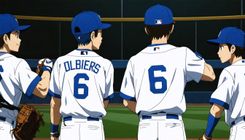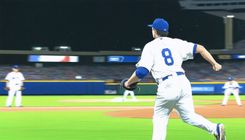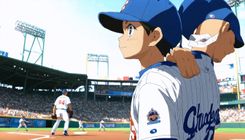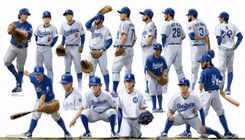Major League Baseball Trade Deadline Recap: Winners and Losers
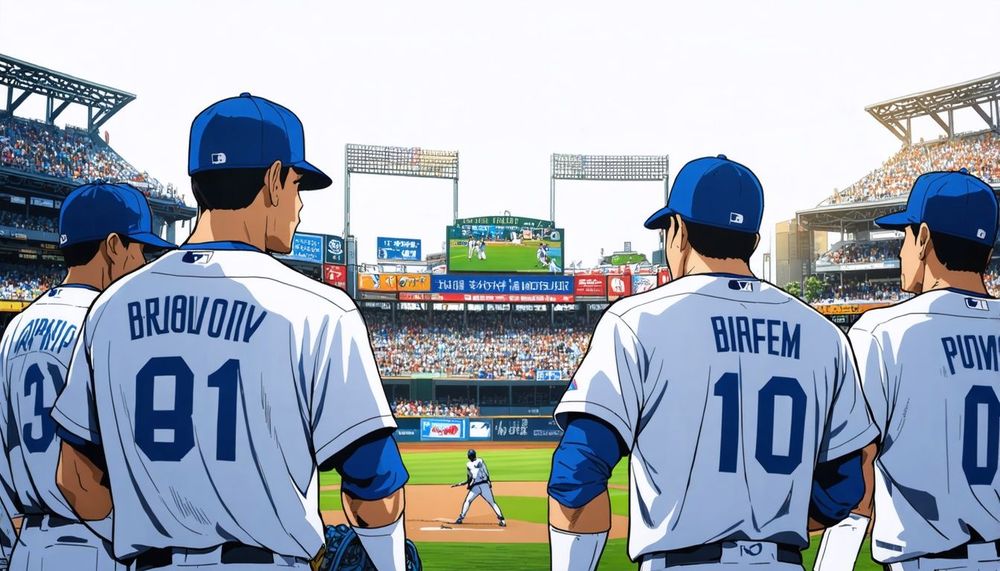
As the Major League Baseball trade deadline approached, there were expectations for significant activity, which indeed delivered excitement up to and beyond the deadline. With less than 36 hours remaining before Thursday evening's deadline, the anticipation seemed to suggest a quieter transactional period. However, notable trades for players such as Carlos Correa and Mason Miller characterized a period that reshaped various teams around the league. This analysis will summarize the key winners and losers in recent trades.
Mason Miller, a right-handed pitcher for the Athletics, has made a considerable impression due to his exceptional skills. Primarily known for his dominating two-pitch repertoire, he consistently throws his four-seam fastball at speeds exceeding 103 MPH, complementing it with a highly effective slider. In his brief Major League career, opposing batters have struggled against him, achieving a mere .126 batting average with only one home run in 183 at-bats that ended with the slider. With team control guaranteed through 2029, the price to acquire Miller was understandably steep. The Padres stepped up to the challenge, sending an impressive package that included shortstop Leo De Vries, ranked highly among prospects, alongside pitcher Braden Nett and others. This deal appears to be mutually beneficial; while the Padres secure a developing ace and a consistent arm for their rotation, the Athletics receive potential franchise cornerstones in De Vries and Nett, bolstering their future as they transition to Las Vegas.
Meanwhile, the Minnesota Twins faced a stark downturn after the shoulder injury to Pablo López, which has sparked concerns about the franchise's direction. Following his injury, the Twins record plummeted, raising questions about their roster's long-term viability. Despite not pursuing a complete rebuild, the Twins made substantial changes by moving key players like Carlos Correa and Jhoan Durán, effectively reshaping the lineup while retaining some promising talents like Joe Ryan. Meanwhile, Byron Buxton's steadfast commitment to Minnesota has become a symbol amid a roster transformation that has left the fan base disillusioned.
In the National League, the New York Mets made a considerable investment in relief pitching. Despite a tumultuous bullpen situation, the Mets sought to enhance their roster with prominent acquisitions like Ryan Helsley and Tyler Rogers. Alongside their incumbent closer Edwin Díaz, the reshaped bullpen could become a formidable force in high-pressure situations. However, the Mets parted with numerous prospects in these trades, raising concerns about their future asset management. The success of these trades will be evaluated based on their effectiveness in securing the NL East title and potential postseason success.
The St. Louis Cardinals, after some inactivity in the offseason, opted to lean into a selling mode at the trade deadline. With several key players holding no-trade clauses, their opportunities to improve were limited. Their trades netted minimal prospects, leaving them in a weaker position despite high expectations entering the season. This situation appears to further complicate the franchise's outlook in what has become a lost year, characterizing a disappointing trend in team performance.
In addition to the Cardinals, the Twins’ situation with controllable closers generated intrigue, especially surrounding the potential trade of Jhoan Durán. The Philadelphia Phillies captured attention by acquiring him in a deal perceived as underwhelming for a player of his caliber. Additionally, the Phillies secured outfielder Harrison Bader without sacrificing key prospects, demonstrating an adept maneuvering in trade negotiations aimed at strengthening their playoff push.
Across town, the Chicago Cubs and the Chicago White Sox found themselves at contrasting ends of the spectrum; while the Cubs made minor additions to their roster, it hardly sufficed for a team vying for contention. Meanwhile, the White Sox's reluctance to trade key players for future benefits has raised questions about their strategic direction. These teams' differing approaches illustrate the critical juncture at which they currently find themselves.
The trade deadline also witnessed significant moves by the Toronto Blue Jays, who acquired Shane Bieber in a deal that was relatively modest given the stature of the former Cy Young Award winner. Bieber's integration into an already competitive rotation positions the Blue Jays well as they seek to solidify their postseason aspirations. This strategic acquisition could yield significant dividends as they approach the postseason.
In surprising moves, the Cincinnati Reds opted for a trade that appeared to address defensive needs rather than offensive gaps. The acquisition of Ke'Bryan Hayes, despite his struggles offensively, pointed to an organizational strategy focusing on solidifying their infield. However, the lack of power production from this trade raises concerns about their long-term strategy, especially in a league that heavily values offensive output.
The Seattle Mariners made notable waves during the trade deadline in securing Eugenio Suárez, revitalizing their lineup. Suárez's power numbers and recent performance make him a considerable asset, complementing a roster looking to build on last year's struggles. Their focus on bolstering hitting power reflects a commitment to returning to competitiveness in their division.
As the trade deadline unfolded, teams across Major League Baseball demonstrated varying degrees of ambition and caution. The evolving narratives for franchises like the Padres and Athletics highlight the diverse strategies employed as teams aim to position themselves for both immediate success and future growth.
